Module 1
Improving the Visitor Experience
Introduction
Given the cultural heritage sector is intimately connected to its audiences, whether international tourists, domestic visitors or local communities, this workshop focuses upon how the visitor experience can be better understood – taking into account the changes in heritage engagement amongst younger and future generations – and how the heritage sector can plan for the future.
The first module, “Improving the Visitor Experience”, focuses on enhancing visitor experiences in various contexts and through different but complementary methods which aim to combine a holistic human and immersive experience of heritage. The discussions explore the integration of technology, storytelling and innovative interpretation techniques to create immersive, meaningful connections with audiences. Key themes identified include the importance of the human factor in engaging and mediating multiple narratives, modernising traditional methods, and adapting to new trends in visitor engagement.
Keywords
Interpretation, visitor flow, visitors centres, visitor management, accessibility, provision of services, engaging communities, education, youth markets, using new technologies, feedback and evaluation of experience, international tourists, tour guides
Content
Key Discussion Points:
1. Prominent Themes in Visitor Engagement
- Integrating tourism efforts into city planning to foster cultural appreciation.
- Prioritising continuity and sustainability in heritage operations.
- Utilising permanent exhibitions and smaller, adaptable displays to attract broader demographics.
- Focus on personalisation: Visitors value tailored experiences that feel human and authentic.
- Leverage storytelling to connect history with modern relevance.
- Creative approaches: new ways of engaging audiences: Livestreaming events and workshops, Shifting to online exhibitions and virtual guides.
- Collaborations with schools and local communities to inspire youth interest and new ways of learning about heritage.
2. Government Role and Funding Challenges
- Budgetary constraints and the need for financial support in cultural and heritage tourism.
- Adapting multi-layered thematic approaches to enhance government support.
- Examine financial dependency on government/public sector by looking at diverse funding sources and partnerships.
- Encourage partnerships with the private sector to sustain long-term operations.
- Increase investment in virtual accessibility.
3. Technological Integration
- Technology is transforming visitor engagement: virtual tours and live streaming allow access to otherwise inaccessible locations. Tools, including Virtual and Augmented Reality (VR/AR), can enhance presentations.
- Train guides to balance technology use with in-person interactions. Support guides as “human storyteller” who can merge technology with empathy.
Resources
Rethinking Heritage Futures, Online Workshop “Improving the Visitor Experience”, 27 November 2024, Nottingham Trent University (NTU), Communication University of China (CUC).
Part 1 - (Presentation by Whe Zhiyong, Jonathan Gration, Zhang Peng).
Part 2 - (Presentation by Tess Pike, Cao Quique, Stephen Dennis).
Part 3- (Presentation by Stephen Dennis, David Penberthy, Closing Discussion).
Case Studies
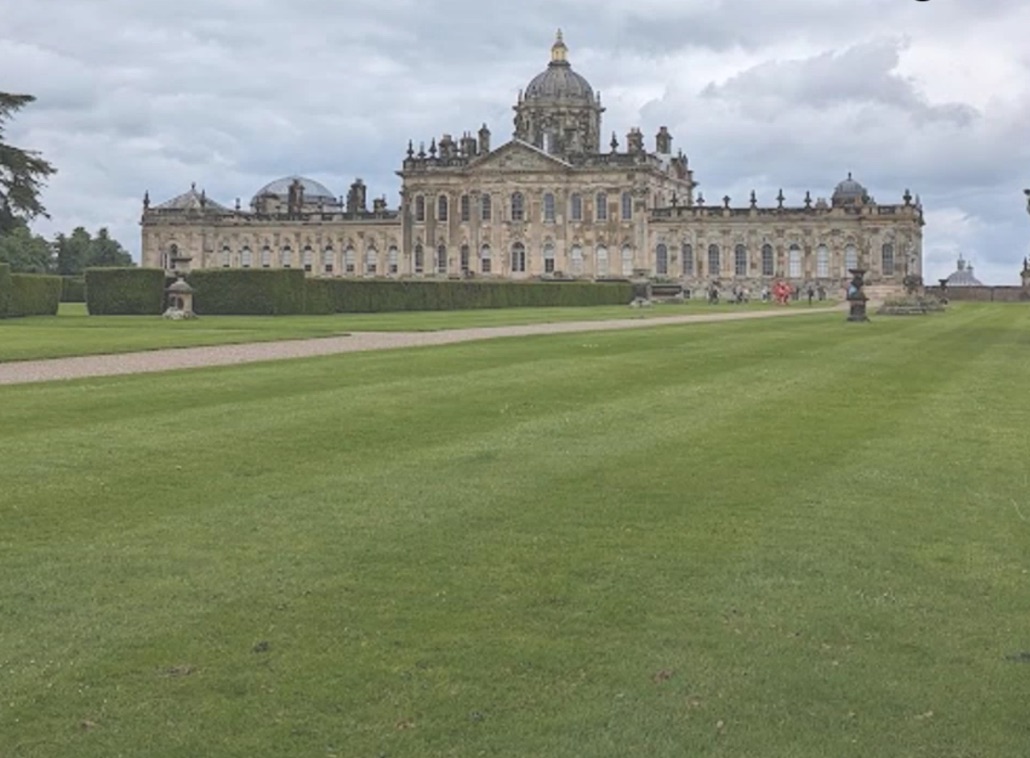
The Tourist
Guide:
A Human Touch
Tess Pike,
Blue Badge
Tourist Guide
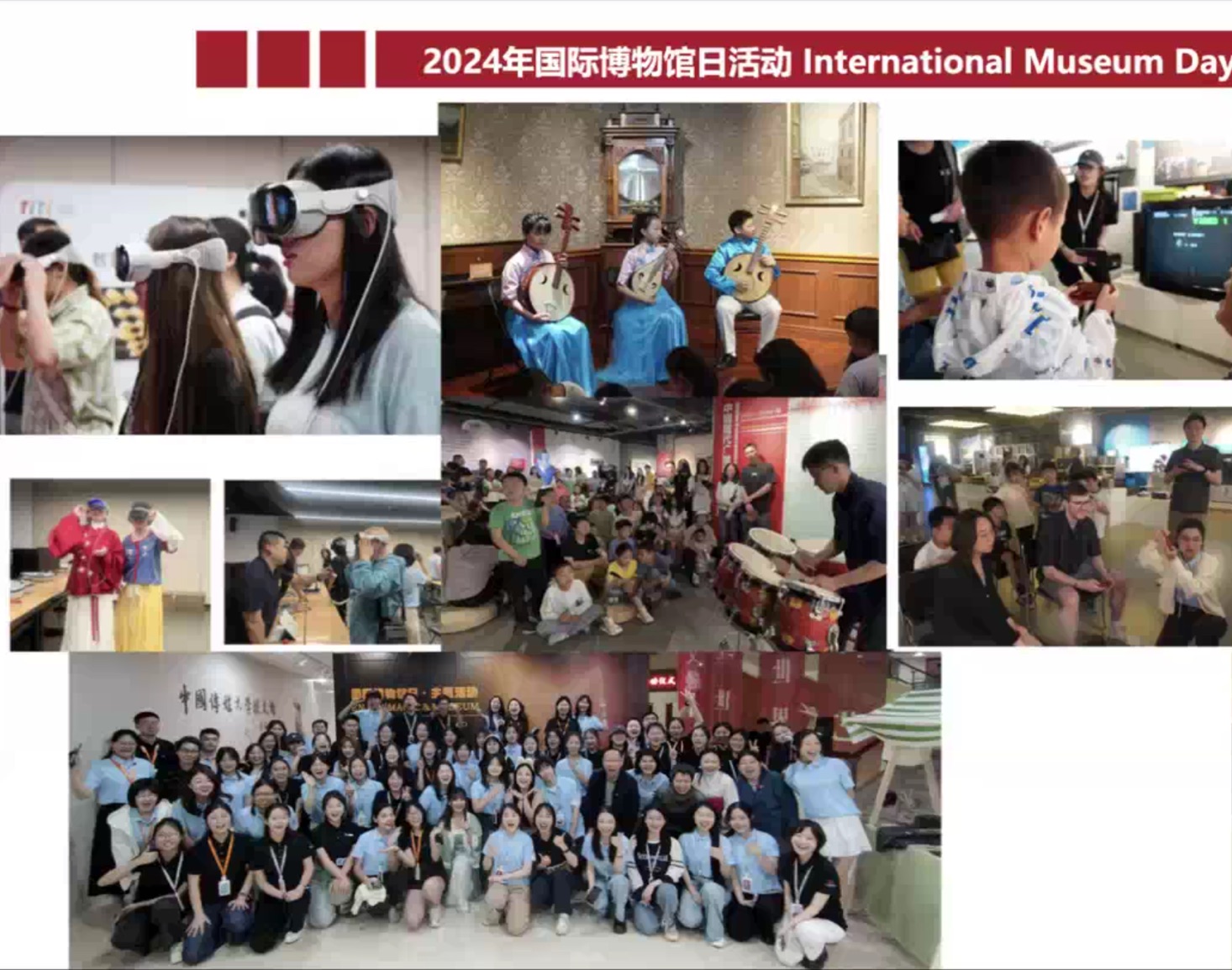
The Media
Museum at Communication University of
China
We Zhiyong,
Member of the
Museum Committee Universities in Beijing,
CUC
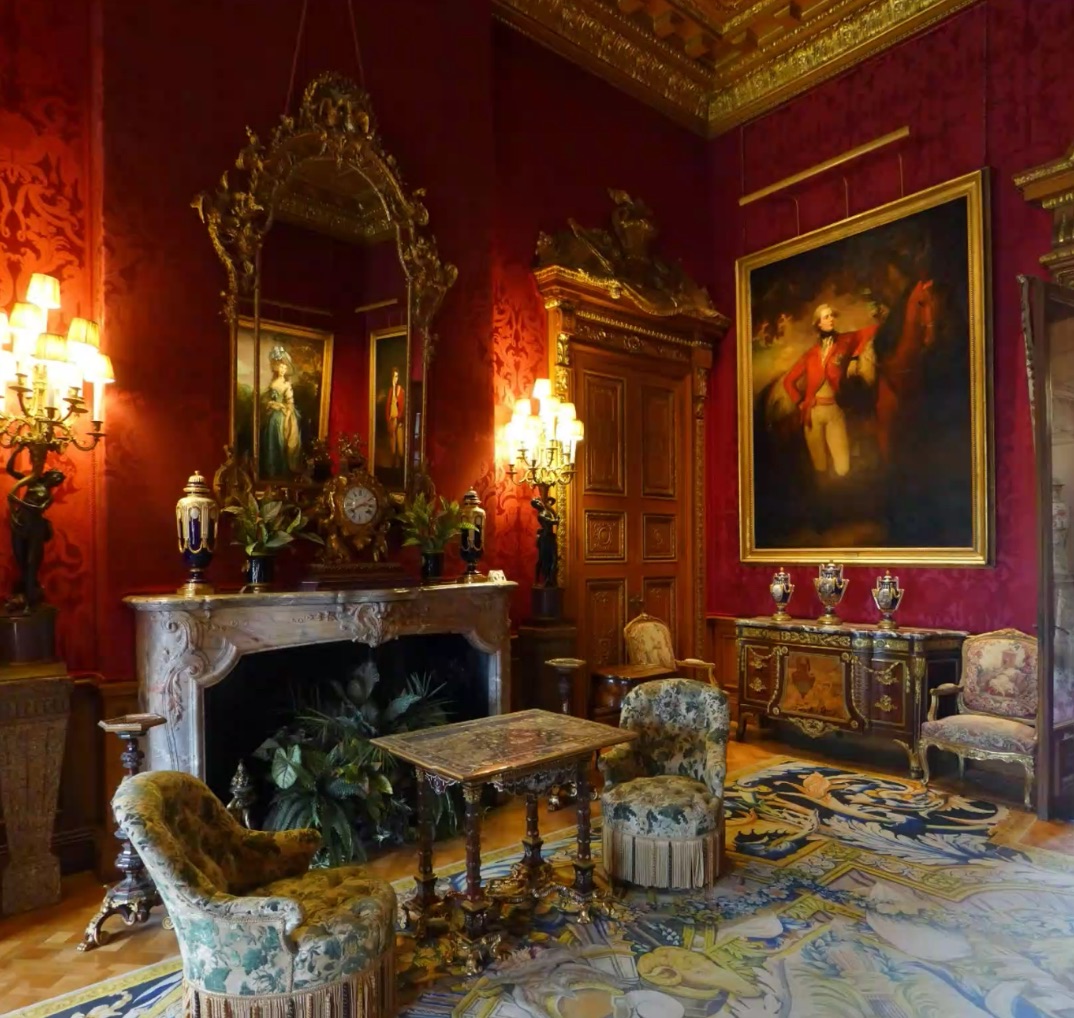
Immersive Experiences for Historic Houses
as Complex
Sites of Engagement
Dr Jonathan Gration,
Design Historian and
Museum Curator,
Lecturer, NTU
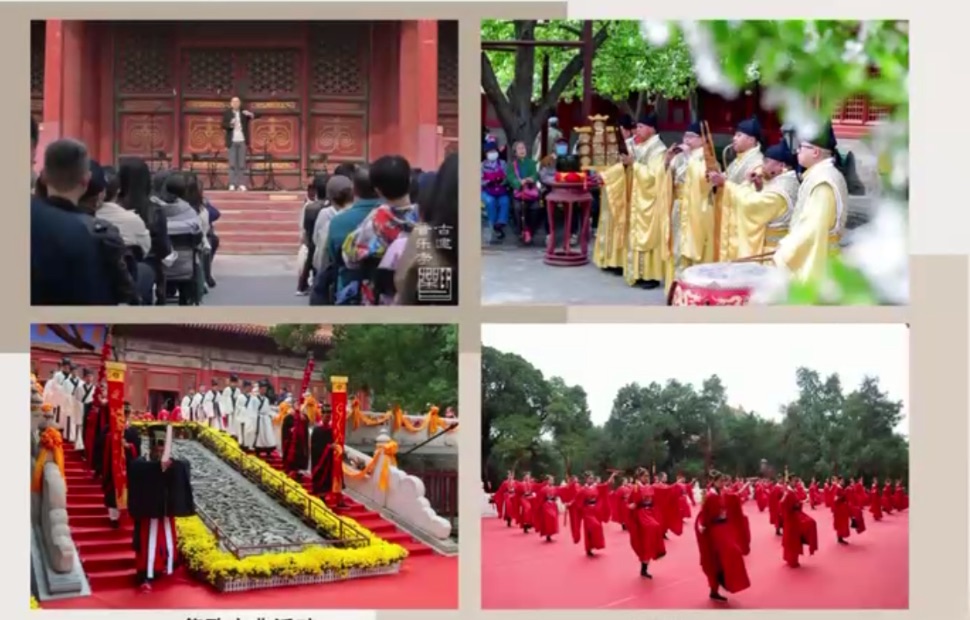
The Beijing Guo Shoujing Memorial Hall
Zhang Peng,
Executive Director of
Beijing Guo Shoujing
Memorial Hall
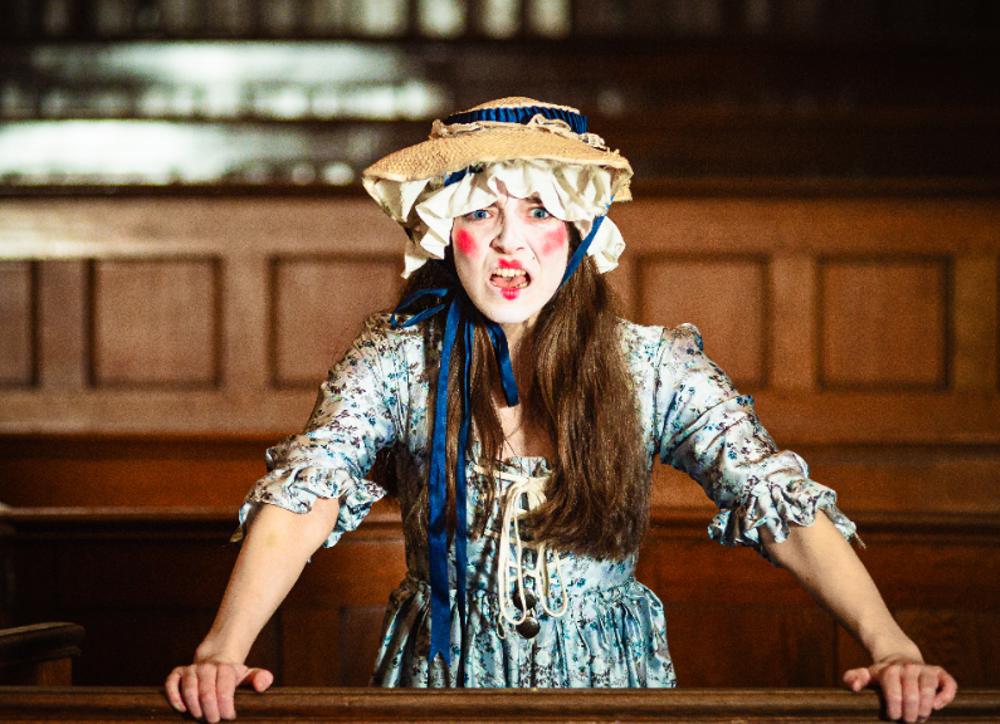
Costumed Interpretation
and Renactment
at National
Justice Museum Nottingham
Stephen Dennis,
Head of Costumed Interpretation
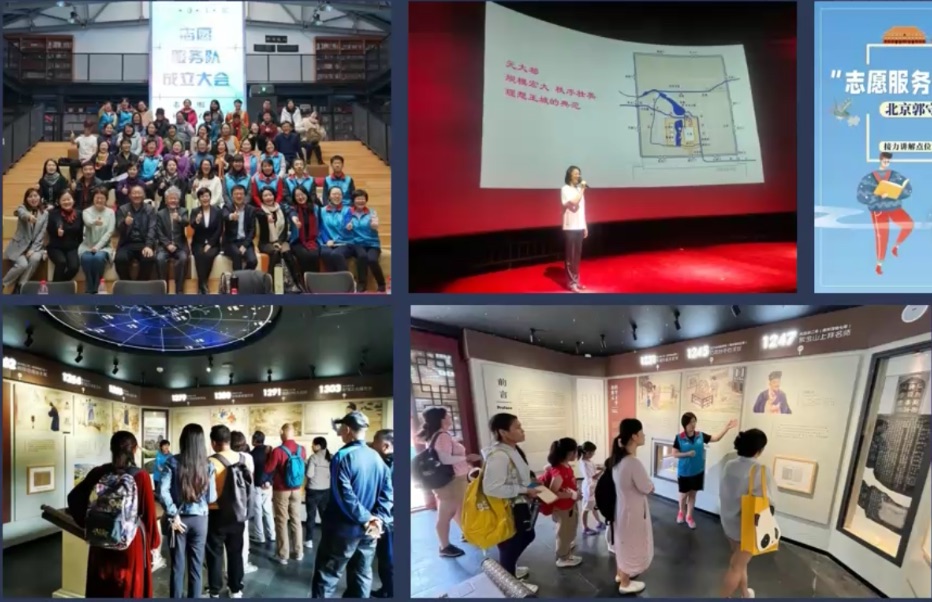
Beijing Municipal Cultural Heritage Bureau. Modern Museum
Governance Innovation
Cao Quique, Beijing Municipal Cultural
Heritage Bureau
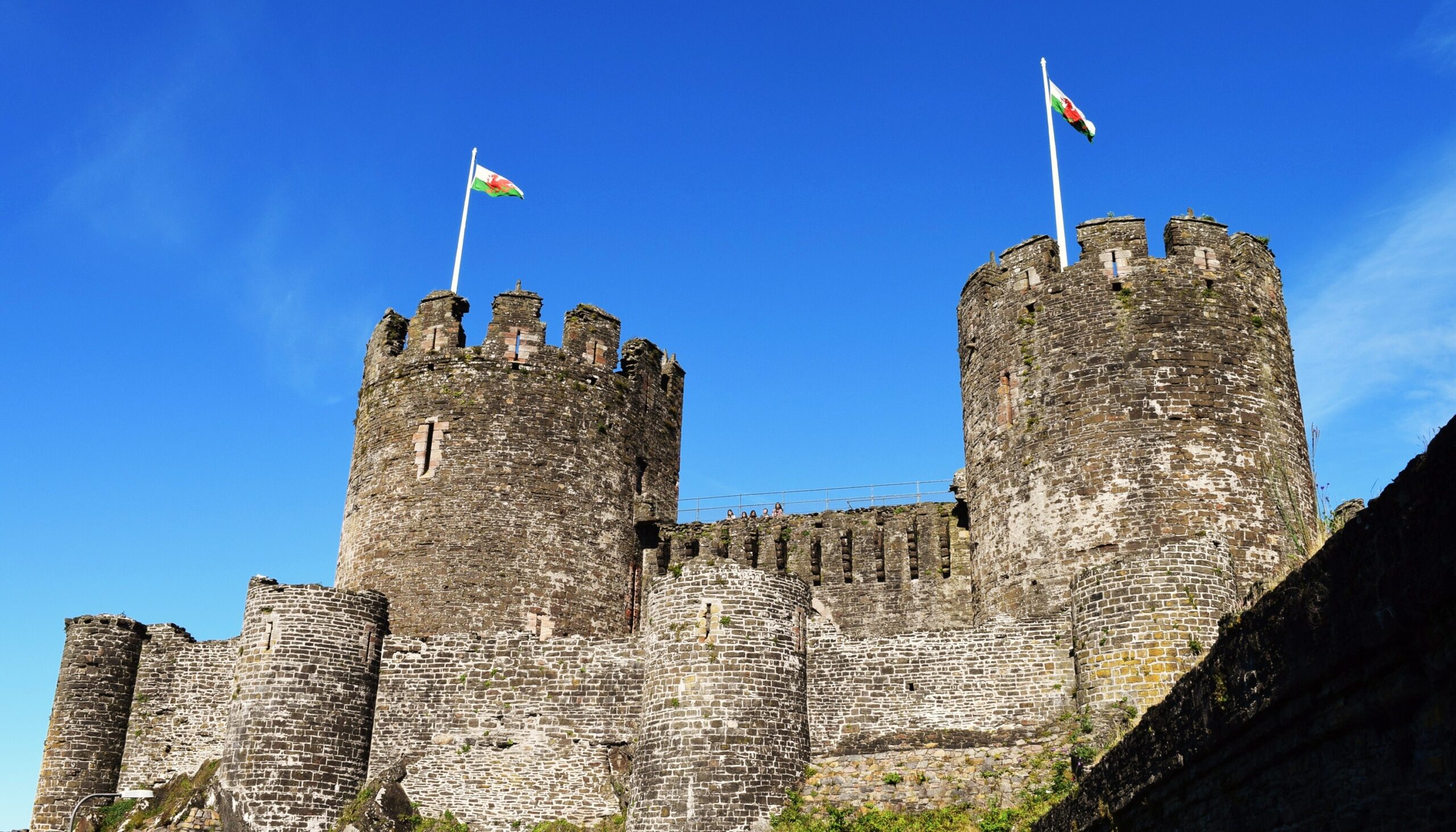
Visitor
Experience and Interpretation at Heritage Sites
In Wales
David Penberthy,
Former Head of Interpretation, CADW
Further Resources
Please click on links for PDF